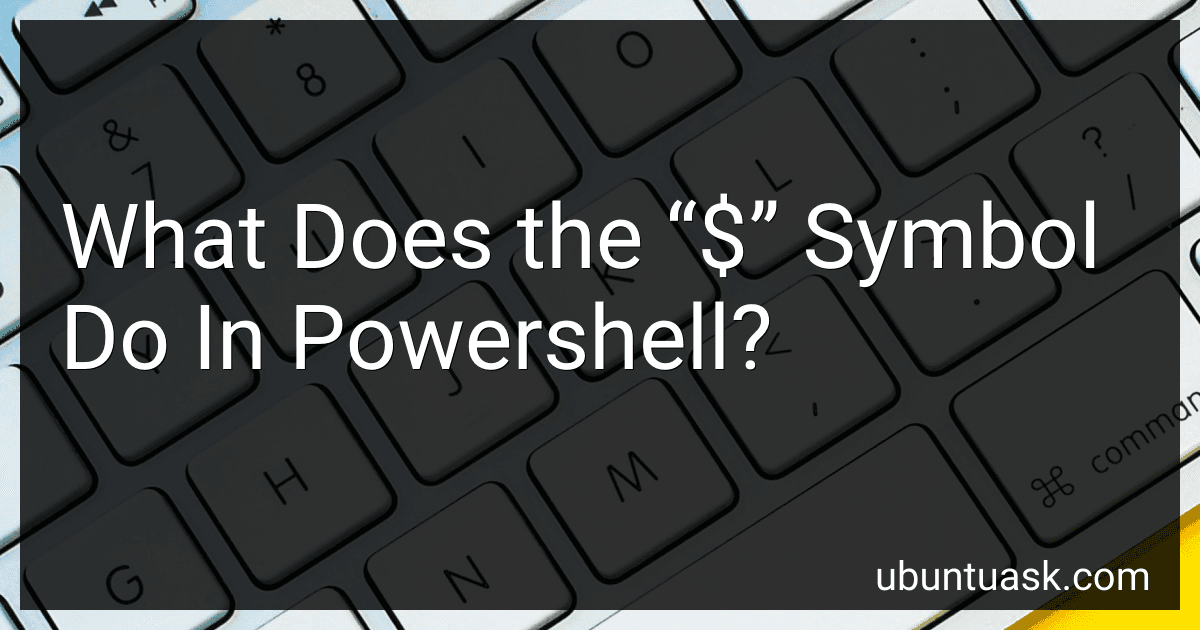Best PowerShell Books to Buy in December 2025
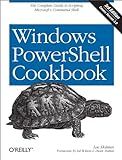
Windows PowerShell Cookbook: The Complete Guide to Scripting Microsoft's Command Shell
- QUALITY ASSURANCE: CAREFULLY INSPECTED FOR GOOD CONDITION.
- AFFORDABLE PRICING: SAVE MONEY ON QUALITY USED BOOKS!
- ECO-FRIENDLY CHOICE: REDUCE WASTE BY CHOOSING USED BOOKS.


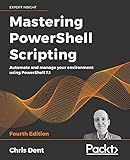
Mastering PowerShell Scripting: Automate and manage your environment using PowerShell 7.1


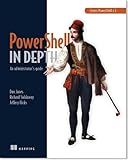
Learn PowerShell Toolmaking in a Month of Lunches


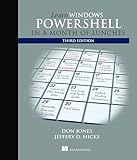
Learn Windows PowerShell in a Month of Lunches


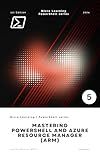
Mastering PowerShell and Azure Resource Manager (ARM): Harness the Power of Automation and Infrastructure as Code for Efficient Azure Management (Micro Learning | PowerShell)


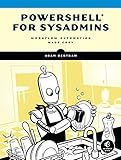
PowerShell for Sysadmins: Workflow Automation Made Easy


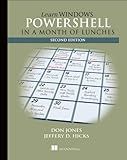
Learn Windows PowerShell in a Month of Lunches


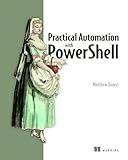
Practical Automation with PowerShell: Effective scripting from the console to the cloud


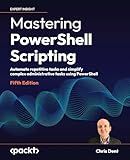
Mastering PowerShell Scripting: Automate repetitive tasks and simplify complex administrative tasks using PowerShell


In PowerShell, the "$" symbol is used to denote a variable. Variables in PowerShell are used to store data or values that can be referenced or manipulated in a script. When the "$" symbol is used before a word or combination of characters, it indicates that it is a variable. The value stored in the variable can then be accessed or modified throughout the script. Variables in PowerShell are typically used to store information such as file paths, user input, or other data that is needed for the script to execute properly.
How do you check if a folder exists in PowerShell?
To check if a folder exists in PowerShell, you can use the Test-Path cmdlet.
Here's an example:
$folderPath = "C:\Path\To\Folder"
if (Test-Path $folderPath -PathType Container) { Write-Host "Folder exists." } else { Write-Host "Folder does not exist." }
In this code snippet, replace "C:\Path\To\Folder" with the path of the folder you want to check. The Test-Path cmdlet with the -PathType parameter set to Container will return true if the folder exists and false if it does not exist.
What is the purpose of the “-like” operator in PowerShell?
The "-like" operator in PowerShell is used for pattern-matching strings. It allows you to compare a string with a specified pattern and see if they match. This operator is commonly used in conditional statements and filtering data based on specific criteria in PowerShell scripts.
What is the purpose of the “-split” operator in PowerShell?
The "-split" operator in PowerShell is used to split a string into an array of substrings based on a specified delimiter. This feature is useful for breaking down a single string into smaller parts for further manipulation or analysis.
How do you check the version of PowerShell you are running?
To check the version of PowerShell you are running, you can open a PowerShell window and run the following command:
$PSVersionTable.PSVersion
This command will display the version information of PowerShell that is currently running on your system.
